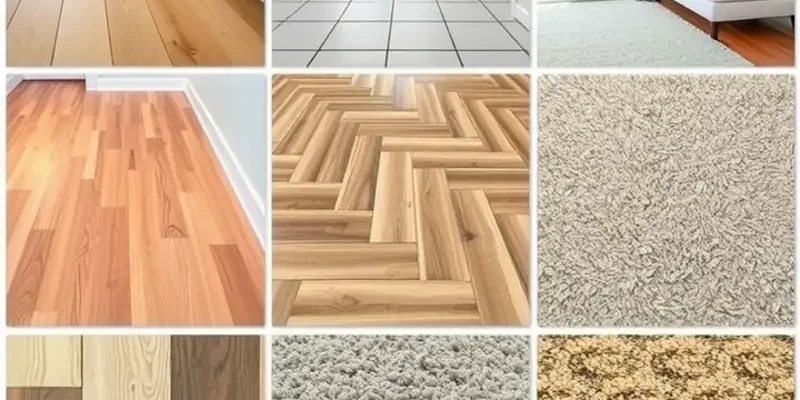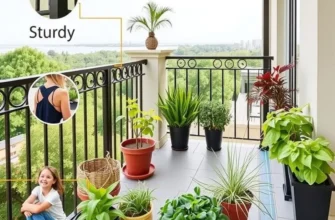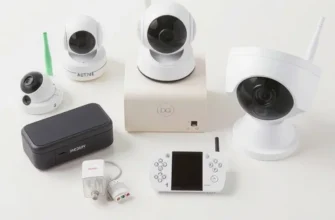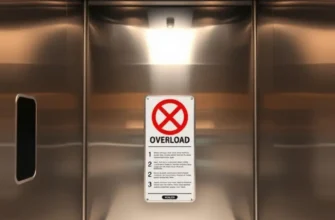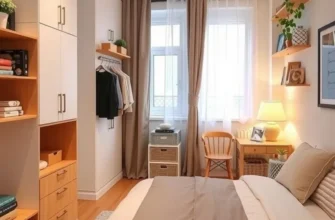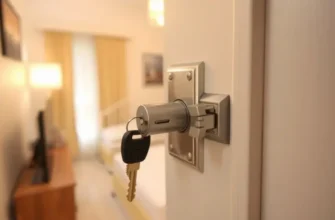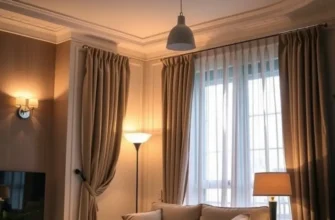Floors often face the brunt of daily activities in apartments—transporting dirt, spills, and scratches. As a renter, ensuring your apartment floors remain in tip-top shape is essential not just for aesthetic appeal but also for safety and the longevity of your living space. Moreover, with the ever-present need to prioritize both safety and security in shared living environments, it’s beneficial to know practical floor care solutions. Whether you have hardwood, carpet, or tile floors, this guide will provide you with hassle-free maintenance techniques tailored to suit the unique challenges faced by renters. By investing a little time and using the right products, you can create a safe, clean, and inviting atmosphere in your apartment. Let’s delve into the comprehensive methods to care for your floors, ensuring they not only stay beautiful but also cater to your safety and security needs in everyday living.
Understanding Your Floor Type: A Safety Perspective
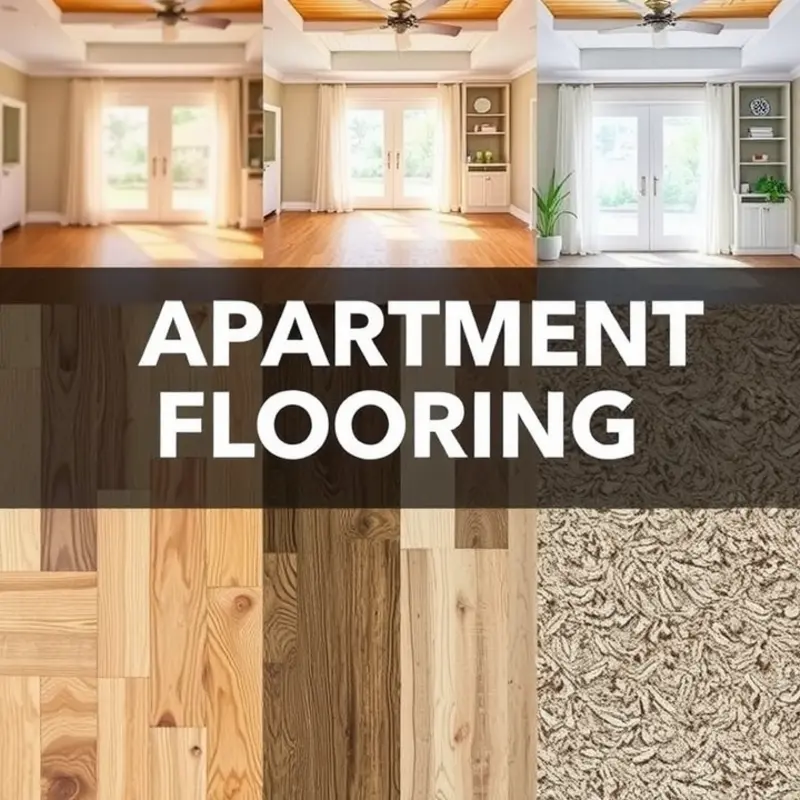
Apartment flooring plays a critical role in maintaining a safe and secure living environment. Understanding the unique characteristics and requirements of different flooring materials can help prevent accidents and prolong their lifespan. Let’s delve into some common flooring options and how they affect safety within an apartment setting.
Carpet carpets offer warmth and comfort, making them a popular choice in many homes. However, they can also pose tripping hazards, especially if not properly secured or if they have loose threads. Regular vacuuming is essential for maintaining cleanliness and preventing allergens from accumulating. Stain-resistant treatments can also be applied to reduce damage from spills. It’s crucial to address any loose or frayed areas immediately to minimize risk and maintain safety.
Hardwood floors exude elegance and are often favored for their durability. Despite their robustness, they can become slippery, particularly when wet. To enhance safety, use rugs or mats in areas prone to spills, such as kitchens or entryways. Regular sweeping and damp mopping with a specially formulated cleaner for hardwood will preserve their finish. Also, consider installing non-slip pads beneath rugs to prevent them from sliding.
Vinyl has become an increasingly popular choice due to its affordability and simplicity. It offers a softer underfoot feel compared to wood or tile, reducing fall impact. Additionally, vinyl is water-resistant, making it advantageous for kitchens and bathrooms. A simple cleaning routine with a mild detergent keeps it in top condition. It’s important to avoid harsh chemicals that can dull the surface.
Laminate flooring replicates the look of wood while being more resistant to scratches and wear. However, it can be slippery, particularly in high-traffic areas. Using area rugs can provide traction and safety. Laminate is sensitive to water; hence, spills should be wiped promptly to prevent warping. Routine sweeping and cleaning with a damp mop suffice for maintenance.
Tile floors, often found in bathrooms and kitchens, provide excellent durability and water resistance. Nonetheless, wet tiles can become dangerously slick. To counter this, choose tiles with textured surfaces in wet areas. Clean tiles regularly with a non-abrasive cleaner to avoid making them slippery. For enhanced safety, ensure grout lines are intact and sealed to reduce the risk of tiles loosening over time.
Each flooring type carries its own maintenance and safety considerations. Identifying the specific needs of your apartment’s flooring allows you to implement practices that enhance both aesthetics and safety. Consider consulting the Apartment Wellness Checklist for further tips on maintaining a healthy living environment that complements your flooring choices perfectly.
Practical Floor Maintenance Strategies for Renters
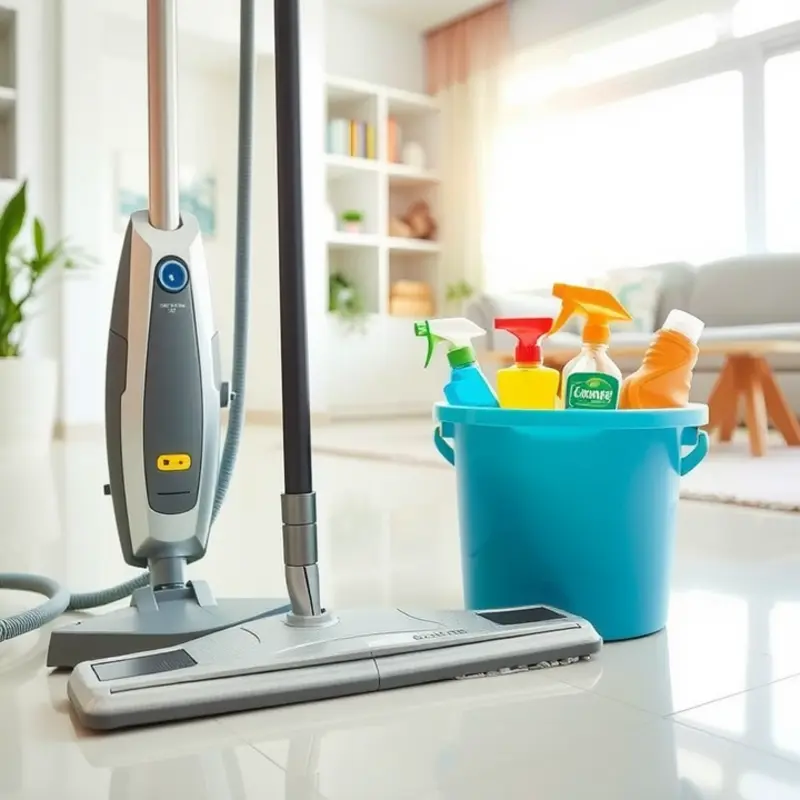
Maintaining apartment floors can seem daunting, but with practical strategies, renters can make it virtually effortless. The key is adopting methods that are both efficient and effective. Begin by selecting the right cleaning tools. A soft-bristled broom and a microfiber mop are essentials. These tools are gentle on floors and effectively capture dust and debris, minimizing potential damage.
When it comes to cleaning solutions, opt for ones that balance efficiency and safety. Avoid harsh chemicals, which may not only degrade the flooring but also release toxic fumes. Consider crafting apartment-friendly DIY cleaning products using ingredients like vinegar and baking soda. These alternatives are both effective and environmentally friendly. For more on creating home-friendly solutions, check out this guide on DIY cleaning products.
Additionally, focus on the frequency of cleaning. Regular sweeping and mopping prevent dirt from embedding into the floor surface. This simple habit reduces wear over time, keeping floors in top condition. For busy renters, setting a weekly schedule can make upkeep manageable.
Preventative measures are equally important to maintain floor integrity. Rugs and mats serve as protective barriers in high-traffic areas, preventing scratches and wear. Select rugs with a non-slip backing to eliminate the risk of accidental slips. If rugs lack this feature, consider adding a non-slip pad underneath.
Office chairs with wheels can be convenient, but they’re often detrimental to floor health. Use protective mats under rolling chairs to prevent permanent indents and scratches. These mats are especially beneficial on hardwood or laminate surfaces.
Protecting floors from moisture is crucial, particularly in kitchens and bathrooms. Wipe up spills immediately to prevent stains and potential warping. In moisture-prone areas, a quick-dry mat can be instrumental. For tiled areas, ensure grout lines are sealed periodically to prevent moisture penetration.
Footwear also affects floor wear and tear. Encourage a ‘no shoes inside’ rule to minimize dirt tracked in from outside. For guests, offering cozy slippers can be a welcoming gesture that maintains your flooring.
Effective communication with your landlord can further support floor maintenance. Report any noticeable damage promptly. This not only assists in addressing issues early but also fosters a positive landlord-tenancy relationship.
By incorporating these strategies, renters can keep their floors pristine with minimal effort. A combination of regular upkeep, appropriate protective measures, and effective communication ensures that apartment floors remain in outstanding condition, making any tenant proud to call the space home.
Final words
Maintaining your apartment floors doesn’t have to be a daunting task. By understanding the different types of flooring and how to care for them, you can enhance the safety and attractiveness of your living space. Simple cleaning routines and the right products can make a world of difference, protecting not just the floor but also the overall environment of your apartment. Regular maintenance not only extends the life of your floors but also contributes to a healthier indoor atmosphere. Take charge of your floor care today, ensuring that safety and security are at the forefront of your living experience.

